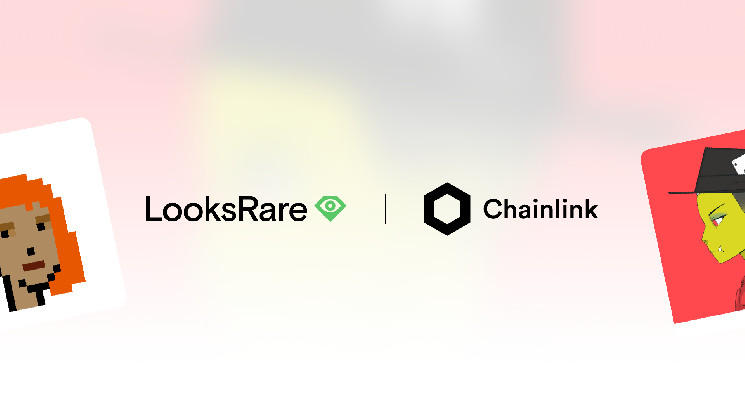Blockchain
They have made considerable efforts to ensure the utmost transparency throughout the process. The central mechanism of their system is Chainlink Verifiable Random Function (VRF), which comes from the beloved decentralized oracle network.
The Implications of Chainlink VRF for Lotteries
Chainlink VRF provides LooksRare with a source of randomness that is not only immune to manipulation, but also controllable. This system is used to select the winning entries for high quality NFTs and LOOKS awards.
At its core, Chainlink VRF can cryptographically confirm to the global public that every raffle is unquestionably fair and unbiased.
The reason not to use any other source
A random number generator (RNG) is indispensable for the fair selection of winners. In a situation where lotteries took place behind closed doors, an off-chain RNG would suffice.
However, that is not the case. So they looked for a solution that was able to:
- Discourage manipulation
- Maintain data integrity
- Ensure transparency
While a block hash can generate random numbers, this system is vulnerable to exploitation by miners and validators because it does not meet their requirements.
Chainlink VRF was chosen for its proven resistance to tampering, providing users with indisputable proof that lottery winners are chosen fairly. With its ability to generate and verify cryptographic proofs on-chain, Chainlink VRF maintains the integrity of any number supplied to the Raffles contracts.
How the system works
Chainlink VRF works by combining yet unknown block data at the time of request with the oracle node’s pre-recorded private key, creating both a random number and cryptographic proof.
The Raffles contract only allows the input of random numbers if accompanied by a cryptographic proof, which can only be generated if the VRF process remains invulnerable to tampering.
This system is proof to everyone that the winner selection process is free from any influence by the oracle, outside entities or the LooksRare team.

